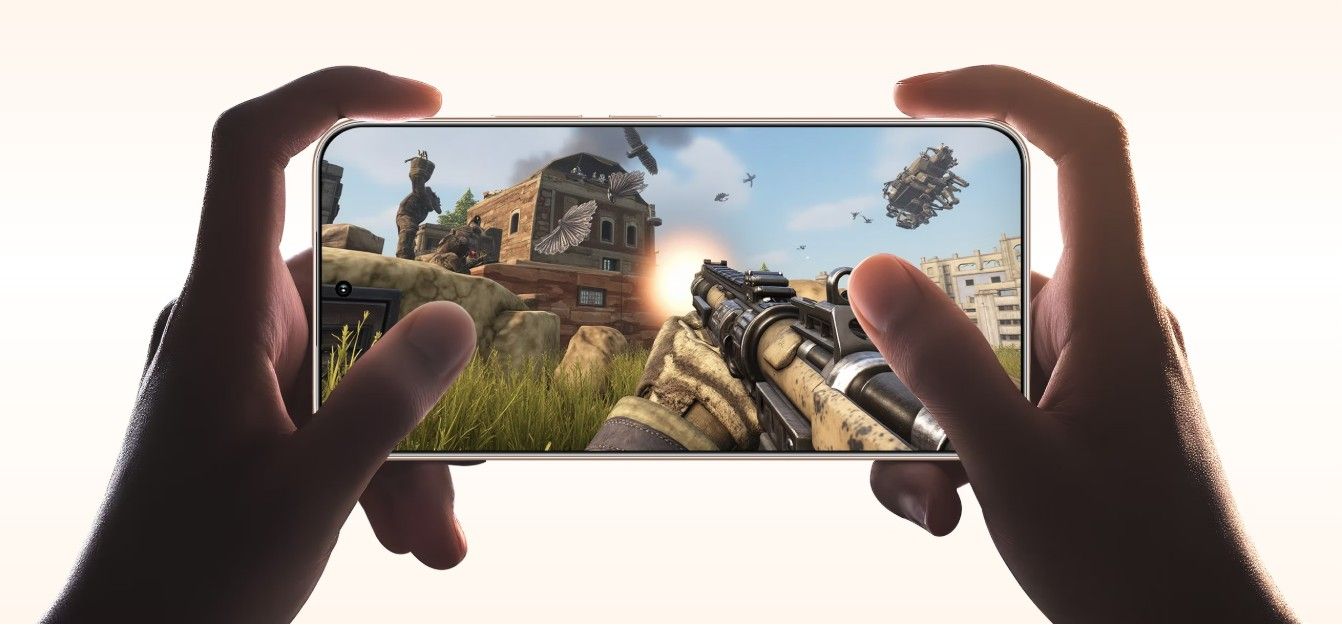How Often Should You Replace Your Smartphone?
Smartphones are indispensable tools for business, communication, and pleasure. However, it is not always clear when to replace them. Some people keep their phones for years, while others upgrade at the first indication of delay. The selection is based on performance, battery life, and how well your phone matches your everyday requirements. Upgrading too soon can waste money, and waiting too long can be frustrating. This book teaches you how to spot the indicators that it's time for a new device and how to extend the life of your current phone—so you can get the most out of your investment, now or later.

When Is the Right Time to Upgrade?
Performance Lag and App Compatibility
Consistent performance lag is one of the most obvious indicators that it's time to upgrade: apps start to crash, open slowly, or stop supporting older operating systems; your phone is probably underpowered if it frequently freezes during simple tasks or takes too long to launch apps; older models may not be able to keep up with newer apps; productivity declines or important apps stop working completely; and performance problems that don't go away after updates or resets suggest that the phone's core capabilities are no longer able to handle the demands of modern software.
Battery Health and Charging Issues
Frequent charging cycles will inevitably cause battery degradation. Even with moderate use, your smartphone may eventually run out of battery or die suddenly. Your battery may be dead if you're always grabbing a charger or carrying a power bank. Overheating while in use, abrupt power outages, or an abnormally rapid battery drain are a few indicators. Although there are short-term solutions, they hardly ever bring back full functionality. It's usually an indication that you need a new phone with better battery technology and power efficiency if the battery health drops below 80% and replacing it isn't feasible or economical.
Outdated Hardware Features
Technology is constantly changing, and older smartphones frequently lack new hardware features that improve security, connectivity, or camera quality. You may observe the absence of tools such as faster charging, biometric unlocking, or compatibility with newer accessories. Additionally, outdated devices may struggle with slower processors and limited RAM, which can impact multitasking. If your phone lacks the features you require for your daily routine, such as high-resolution video or 5G connectivity, it may be time for an upgrade. A modern device like the HONOR 400 can provide a substantial improvement in experience and future-proofing, making it a wise investment when your current model is no longer capable.

Can You Extend the Life of Your Smartphone?
Maintenance Tips and Regular Updates
By regularly cleaning your phone, deleting unnecessary applications, and moderating background activities, you can extend its lifespan. System updates frequently incorporate security adjustments and performance improvements; therefore, it is advantageous to maintain software updates in order to mitigate vulnerabilities. To enhance the performance of your phone and purge cached memory, restart it on a weekly basis. Management of storage, including the removal of large files or the transfer of data to the cloud, is also beneficial for maintaining performance. A phone that is well-maintained may operate for an extended period of time. Simple behaviors, such as charging intelligently and avoiding extreme temperatures, can delay the need for an upgrade and extend the useful life of your phone by slowing down battery degeneration.
Accessory Upgrades vs Full Replacement
Before purchasing a new phone, think about accessory upgrades that enhance the usability of your device. For example, replacing a worn-out charging cable, upgrading to a better case, or adding a screen protector can fix issues at a fraction of the cost. Portable chargers, wireless earbuds, or external lenses can also improve performance and convenience. In some cases, replacing just the screen or battery can address your main concerns, delaying the need for a full replacement. If, however, accessories fail to address core limitations, such as slow processing or outdated software support, it's time to consider a new phone.
Signs You Can Still Hold Off on Replacing
There's no urgency to replace your phone if it still functions flawlessly with your favorite apps, has a full charge, and shows no physical damage. Even minor annoyances like a lag or delayed startup could not make an upgrade worthwhile. Your existing phone can still be adequate if you don't need high-end performance or aren't using the newest features. Maintaining functionality requires careful app usage and frequent maintenance. If your phone is still dependable and fulfills its function without significant sacrifices, waiting is a wise decision.
Conclusion
The degree to which your smartphone still fulfills your needs will determine when to replace it. Outdated features, battery failure, and performance declines are all clear indicators that an upgrade is necessary. However, you may prolong the life of your phone by doing routine maintenance, managing apps carefully, and upgrading certain accessories. Consider your device's usefulness in addition to its age. Choosing to upgrade should be based on logic rather than fads. Whether you're holding off or exploring options like the HONOR 400, staying informed helps you make the most of your tech investment—and ensures you're never stuck with a phone that slows you down.
